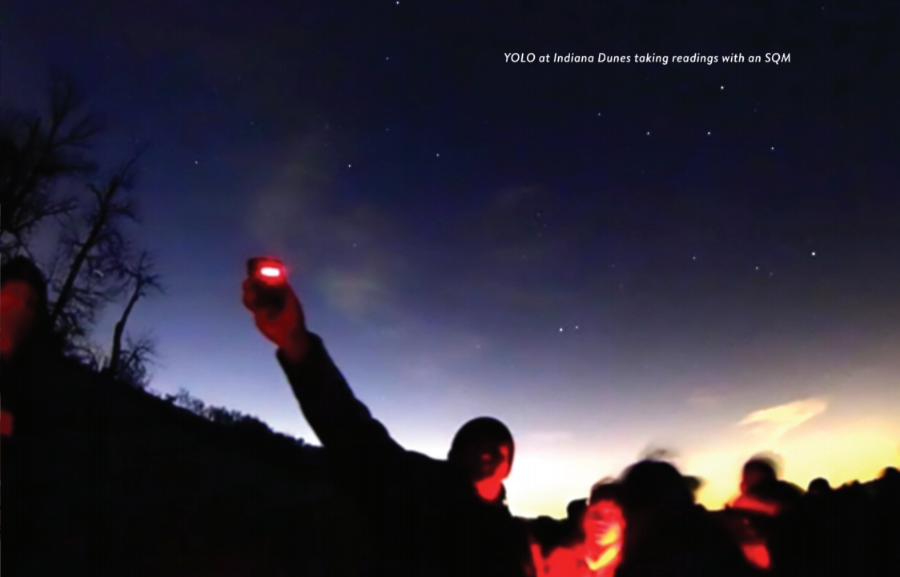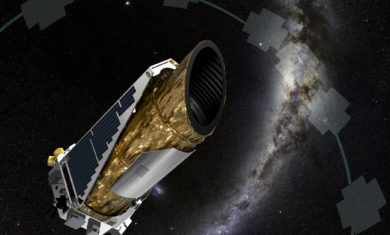Inside Apollo 13
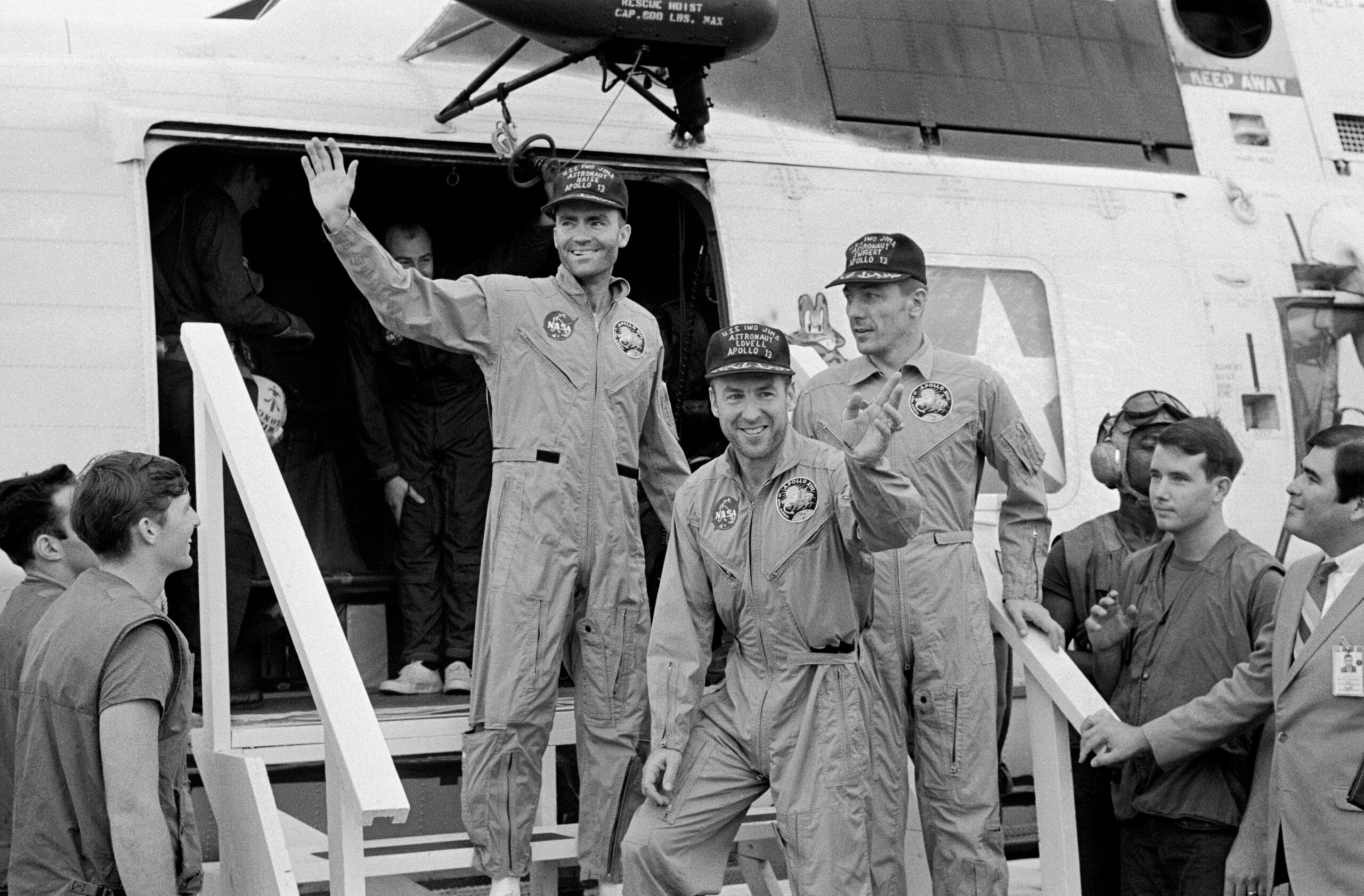
Header Image: Apollo 13 crew returning home after their ocean landing. Image Credit: NASA
This month marks the 50th anniversary of the harrowing Apollo 13 mission, which was dangerous and unprecedented. Today, our world faces a very different kind of crisis, but one that is equally unprecedented, with the spread of the novel coronavirus COVID-19. While we are all doing our part to flatten the curve through stay-at-home orders and social distancing, we are looking for guidance and comfort from our friends, family, neighbors, and heroes. So, who do we call when we are anxious and uncertain? Our dear friend, Captain James A. Lovell, Jr. We thought the planet could benefit from hearing some words of wisdom from someone who has overcome great challenges in his storied career, and the importance of staying strong in times of adversity. Have a listen, and then read about Captain Lovell’s experience on the Apollo 13 mission.
Fifty years ago, the flight of Apollo 13 gripped the imagination of people all around the world. Apollo 13 was planned to be the third flight to send humans to the surface of the Moon, but a major accident on the spacecraft during the outward journey prevented the mission from reaching its destination.
The crew consisted of Captain. James A. Lovell, Jr., John Swigert, and Fred Haise. Although they did not land on the Moon, they worked together with the ground crew and figured out how to make it back to Earth safely.
On the way to the Moon, an oxygen tank exploded. With the resulting lack of air to breathe and fuel for the rockets, it was no longer possible to land on the Moon. Although the crew found themselves on a stricken spacecraft, they had some lucky breaks that made a safe return possible.
How this challenge was met has made Apollo 13 one of the best known and compelling stories in the history of space exploration, told in Hollywood movies and museum exhibitions such as Mission Moon at the Adler. But how much do most people really know about what happened inside that spacecraft? Leading up to the 50th anniversary of Apollo 13, Capt. Lovell sat down with a small group of Adler team members to take us there.
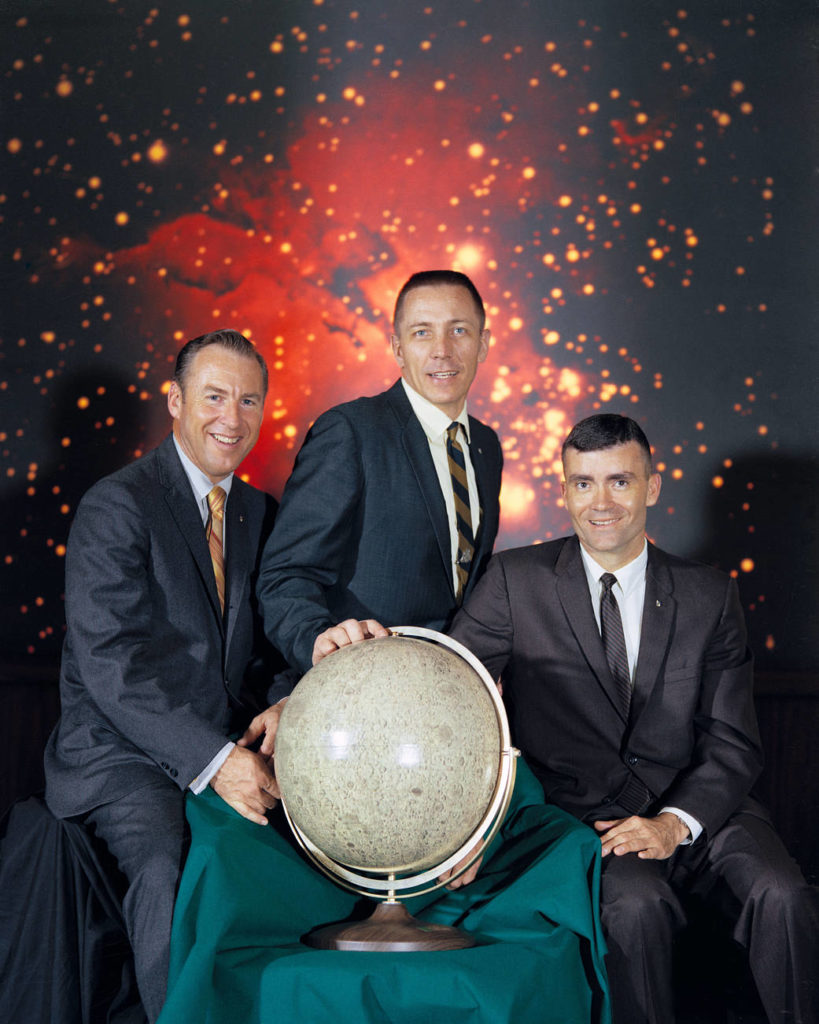
As Lovell says, “the explosion occurred at just the right time. Had the explosion occurred earlier, we’d have to go around the moon to go home. If the explosion occurred…when we were orbiting the Moon, or when we were on the surface, there’d be nothing but a memorial service for us after that, cause that would’ve been the end of it.”
Later in the flight, after the course had been changed to return to Earth, the crew faced another potential disaster. The system that removed carbon dioxide from the breathing air was not designed to handle three astronauts for such a long period, so it became overloaded. Keeping the crew alive required fixing this problem, and that called for quick thinking in space and on the ground.
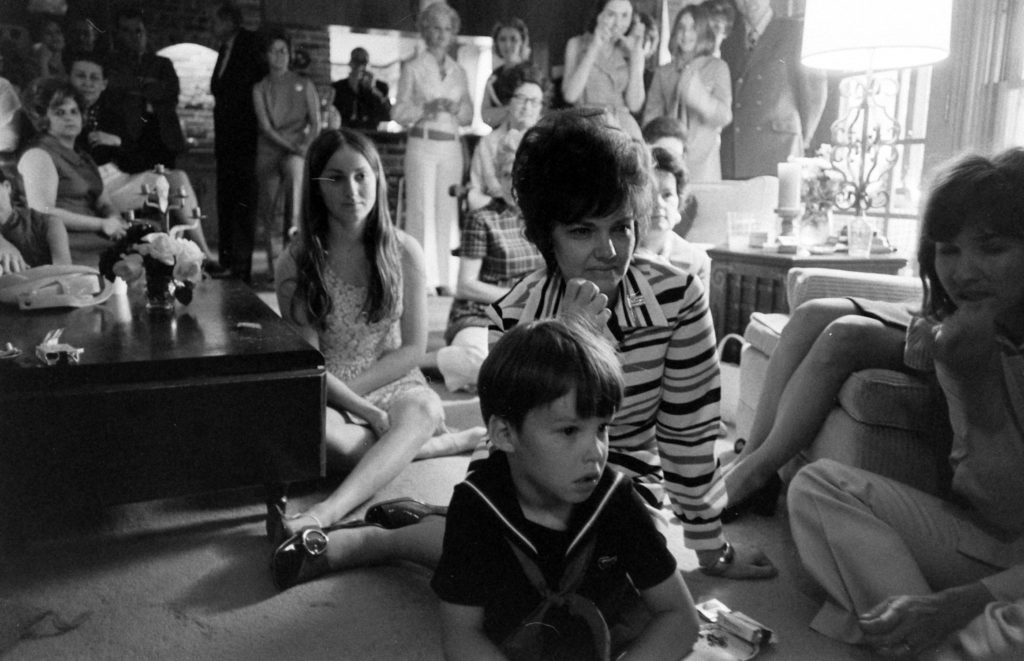
Lovell says, “This is where good teamwork took place. Down there they took on themselves the job of how to figure out how to…get rid of the carbon dioxide. We had to use duct tape, hose, and we had to use plastic, to jury-rig the system. It turned out to be very good, too.”
On display in Mission Moon is a flight plan booklet carried on Apollo 13. It is more than just a book. It helped save the lives of the crew. The front cover is missing because this was removed to jury rig the airflow for the carbon dioxide filtering system. Another item on display is a plaque meant to be left on the lunar surface. Of all such plaques carried on Apollo flights, it is the only one not on the Moon today.
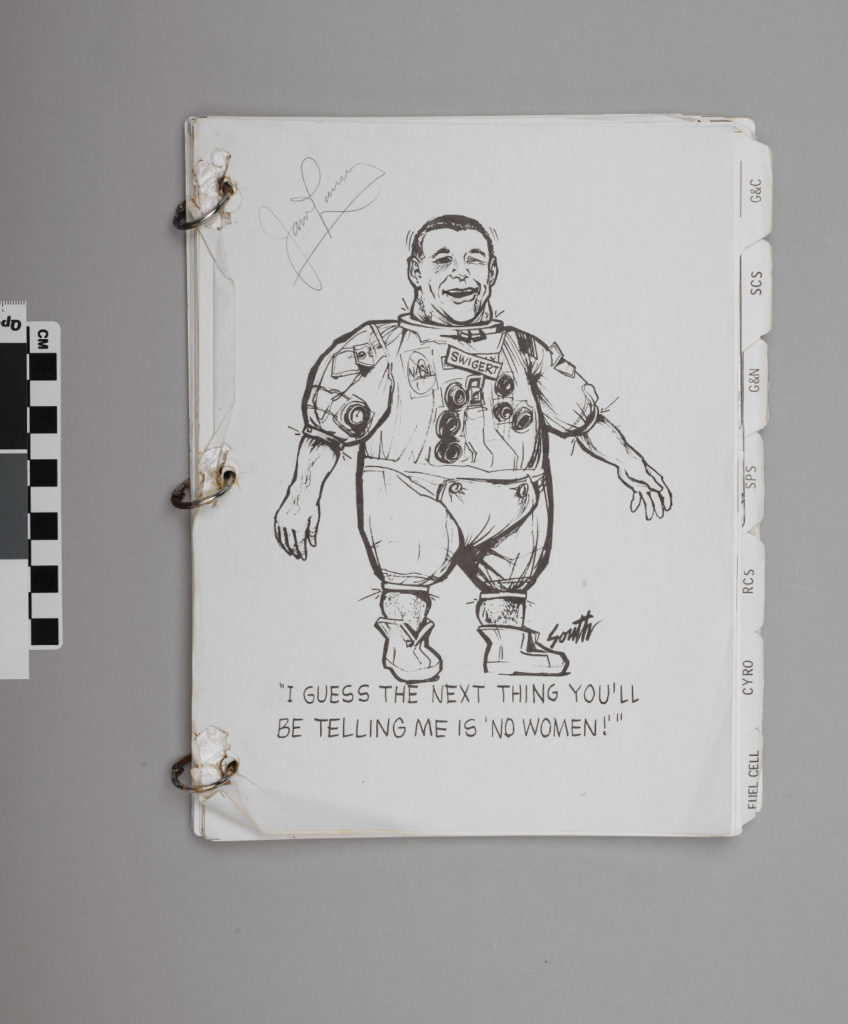
Lovell says, “That was of course a memento that was supposed to be put on the leg of the lunar module as I descended down to the lunar service. You see it had our names on it, and it had, of course, a picture of the Earth. Of course, we never had a chance to use it, and consequently I thought well I might as well take that back to have for memories of something which I always wanted to do.”
The successful return of Apollo 13 continues to inspire people today as an example of what can be achieved through problem solving, teamwork, and tenacity. Lovell reflected on the lessons learned. “If you run into a problem, then you have to look at what can I do to solve that problem. You look at the problem, take it apart, and analyze it. You also have to have a positive attitude. If you didn’t think what you’re going to do was going to succeed, then you should never have done it in the first place.”
Hear about Collections objects at the Adler that flew on Apollo 13 and other flights from Captain Lovell himself in our new online exhibition, 13 Stories with Captain James Lovell.




